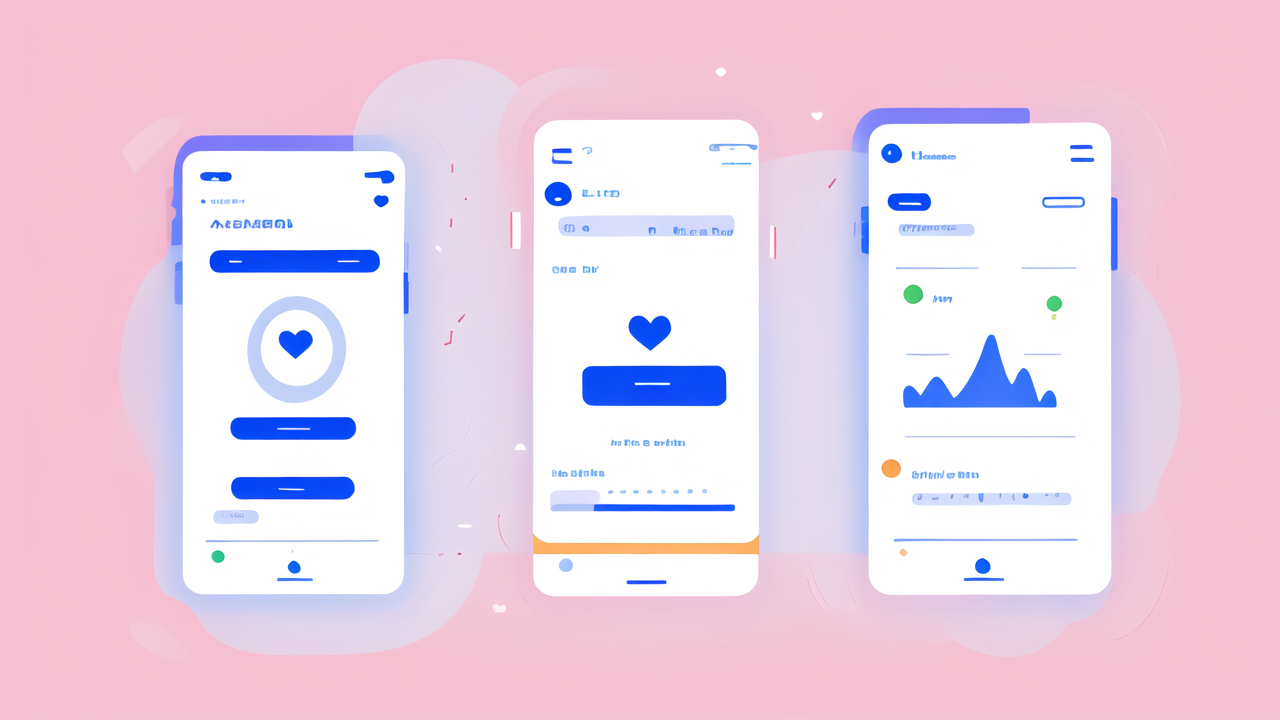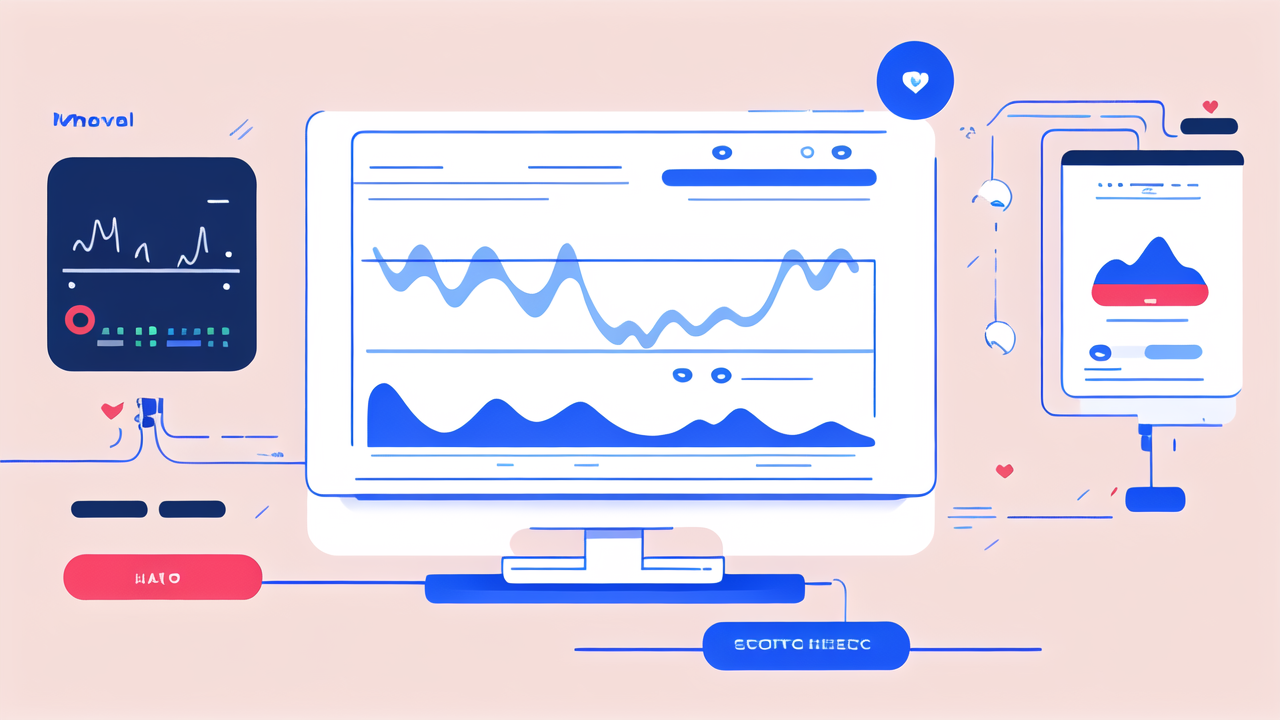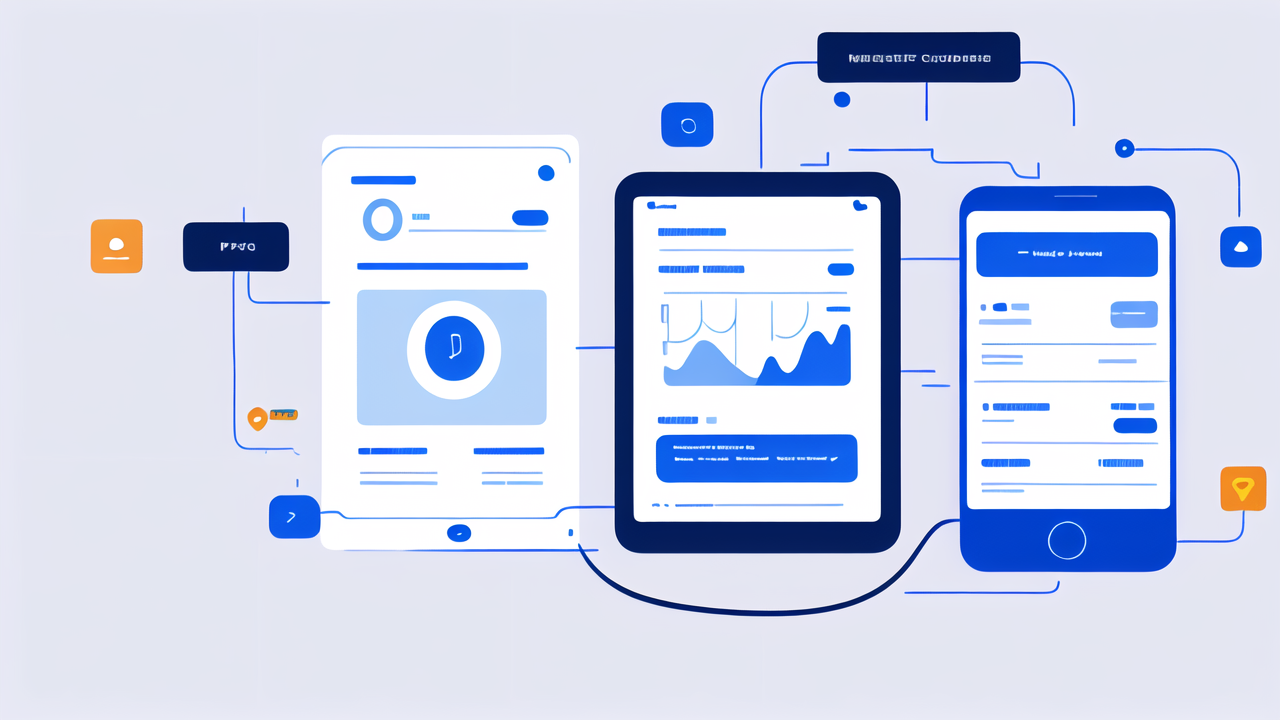The Evolution of Wearable Health Tech in the United States
The Rise of Consumer Health Awareness
In recent years, Americans have become more health-conscious. This shift has driven demand for wearable health tech. People now want to track their fitness and wellness daily. Smartwatches and fitness bands have become common sights. These devices offer insights into heart rate, sleep patterns, and activity levels.

Many factors have contributed to this trend. Social media has played a role in promoting healthy lifestyles. Health influencers share tips and inspire others to take charge of their well-being. Additionally, rising healthcare costs have motivated people to focus on prevention. Wearable tech empowers users to monitor their health proactively.
Historical Developments in Wearable Tech
Wearable health tech has come a long way. Early devices were bulky and had limited functions. The first wearable heart rate monitor appeared in 1977. It was used mainly by athletes. In the 1980s, digital hearing aids became available. They marked a significant advance in wearable medical devices.
The 2000s saw rapid progress in this field. Fitbit launched its first tracker in 2009. It could monitor steps, sleep, and calories burned. Apple introduced the Apple Watch in 2015. It combined health tracking with smartwatch features. Since then, wearables have become more sophisticated. They can now measure blood oxygen levels, detect falls, and even take ECG readings.
The Impact of Digital Transformation on Healthcare
Digital transformation has revolutionized healthcare delivery. Wearable tech plays a crucial role in this change. These devices collect vast amounts of health data. This information helps doctors make better decisions. Patients can share real-time data with their healthcare providers. This enables more personalized and timely care.
Telemedicine has also benefited from wearable tech. Remote consultations are now more effective. Doctors can access patient data from wearables during virtual visits. This helps them assess health status accurately. Wearables also promote preventive care. They can alert users to potential health issues early on. This may reduce hospital visits and healthcare costs in the long run.
Key Features of Modern Health Monitors
Integration of AI and Machine Learning
AI and machine learning are transforming health monitors. These technologies analyze vast amounts of data quickly. They can detect patterns that humans might miss. For example, AI can predict potential heart problems based on heart rate variability. It can also suggest personalized fitness plans based on activity data.

Machine learning algorithms improve over time. They learn from user data to provide more accurate insights. Some wearables can now detect atrial fibrillation, a serious heart condition. AI also powers virtual health assistants in some devices. These can answer health questions and offer wellness tips. As AI advances, wearables will become even smarter and more helpful.
Advanced Sensor Technology for Accurate Health Readings
Modern health monitors use cutting-edge sensors. These provide accurate and diverse health readings. Optical sensors measure heart rate by detecting blood flow changes. Accelerometers track movement and count steps. Some devices now include electrodermal activity sensors. These measure stress levels through skin conductance.
New sensors are constantly being developed. Some wearables can now monitor blood glucose levels non-invasively. Others can measure blood pressure without a cuff. UV sensors help users avoid excessive sun exposure. Temperature sensors can detect early signs of illness. As sensor technology improves, wearables will offer even more comprehensive health monitoring.
The Role of Connectivity and Data Analysis
Connectivity is key to the effectiveness of health monitors. Most devices sync with smartphones or directly to the cloud. This allows for real-time data analysis and storage. Users can access their health data anytime, anywhere. They can also share this information with healthcare providers easily.
Data analysis turns raw numbers into actionable insights. Advanced algorithms process data from multiple sensors. They provide a holistic view of the user's health. For instance, combining sleep, activity, and heart rate data can assess overall fitness. Some platforms offer predictive analytics. These can forecast health trends and suggest preventive measures. As connectivity improves, wearables will become even more integrated into healthcare systems.
Regulatory Challenges and Compliance for Health Monitors
Navigating FDA Regulations
The FDA plays a crucial role in regulating health monitors. Devices that make medical claims must get FDA approval. This ensures they are safe and effective. The approval process can be complex and time-consuming. It involves clinical trials and extensive documentation. Some companies choose to market their devices as wellness products to avoid this process.

The FDA has created a new category for digital health devices. This aims to streamline the approval process for low-risk products. However, challenges remain. Regulations struggle to keep pace with rapid technological advances. The FDA is working on new frameworks to address AI and machine learning in medical devices. Balancing innovation with safety remains a key challenge in this field.
Ensuring Patient Data Privacy
Data privacy is a major concern with health monitors. These devices collect sensitive personal information. Companies must comply with HIPAA regulations to protect patient data. This includes implementing strong security measures. Encryption and secure data storage are essential. Users should have control over who can access their health data.
Wearable tech companies face scrutiny over data practices. Some have been criticized for sharing user data with third parties. Transparency about data use is crucial for building trust. Many companies now offer detailed privacy settings. Users can choose what data to share and with whom. As health monitors become more prevalent, ensuring data privacy will remain a top priority.
The Future of Health Tech in the U.S. Regulatory Landscape
The regulatory landscape for health tech is evolving. Policymakers are working to balance innovation and safety. New guidelines are being developed for AI in healthcare. These will address issues like algorithm bias and transparency. There's also a push for more interoperability between different health tech platforms.
Remote patient monitoring is gaining recognition. Medicare now covers some remote monitoring services. This could lead to wider adoption of wearable health tech. However, reimbursement policies need further development. Privacy laws may also need updating to address new technologies. The future regulatory landscape will likely focus on data protection, accuracy, and accessibility of health tech.




Leave a comment
This site is protected by hCaptcha and the hCaptcha Privacy Policy and Terms of Service apply.